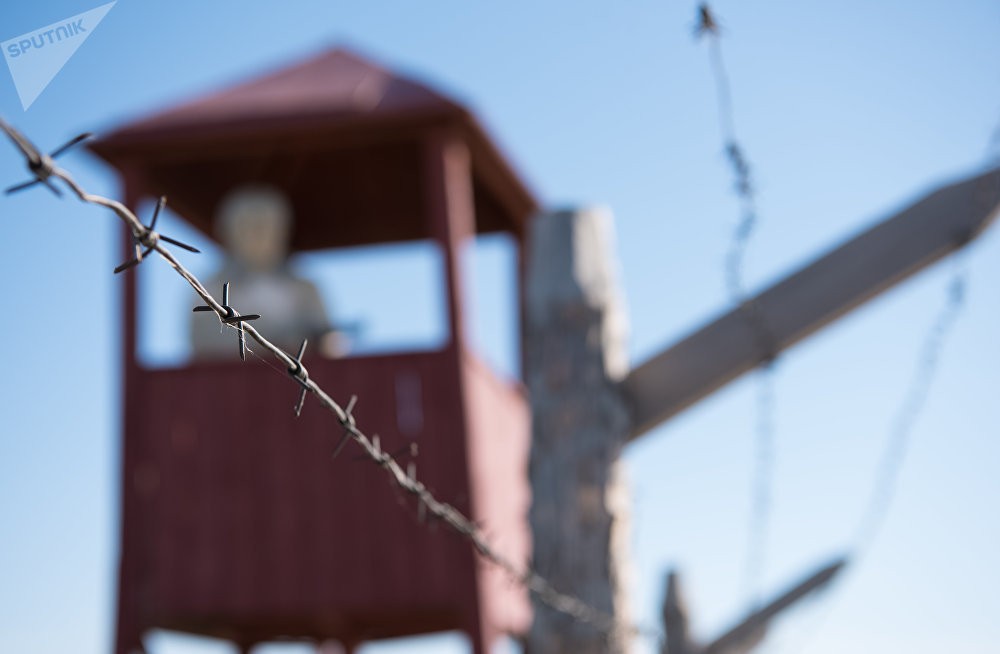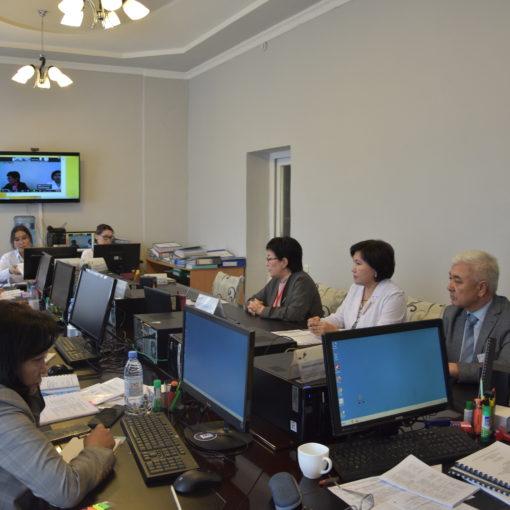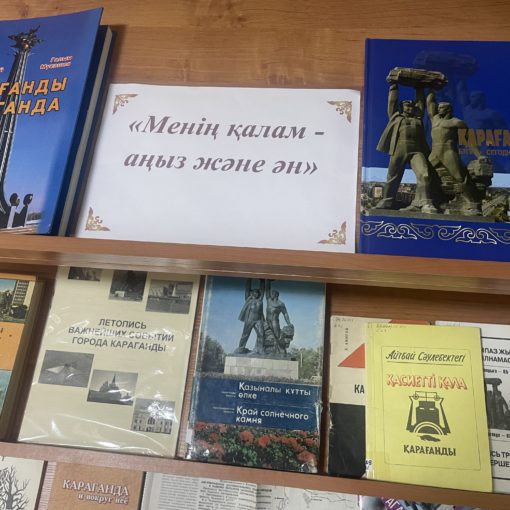One of the most tragic dates in the history of Kazakhstan is May 31, the Day of Remembrance of Victims of Political Repression and Hunger. In the terrible years of the Stalinist regime, more than 5 million people were sent to correctional labour camps, more than 100 thousand people were convicted and 25 were sentenced to death.

It is only necessary to reflect on these terrible figures and to imagine – how many lives were broken by the flywheel of repression and hunger … Among them were scientists, cultural and political figures of the country.
From the beginning to the middle of the 20th century Kazakhstan turned into one big prison. For almost 30 years, one of the largest Gulag camps – Karaganda Correctional Labour Camp, better known as Karlag, and the so-called ALZHIR – Akmola Camp for the wives of traitors of the homeland – operated on the territory of the country.

Karlag. It is difficult to call this place of imprisonment just a camp. Its territorial scale, the number of people who have passed it and remained here forever, its laws and regulations of life Karlag could well be called a state in the state, Babylon, where representatives of many nationalities and social classes were gathered together.

Many years spent in prison, often under far-fetched criminal articles, about one million people. From 1940 to 1950, 10 thousand prisoners died of hunger, cold and illness in Karlag.

There was “star list” of seers in Karlag. Lev Gumilev, Alexander Chizhevsky, Rachel Messerer-Plisetskaya, Lydia Ruslanova, Natalia Satz, David Vygodsky, Vladimir Mikhailov … This is not a complete list of famous personalities, who with one stroke of the pen was on Kazakh soil, having received solid sentences. Among them is the civil wife of the famous admiral Kolchak – Anna Timireva-Knipper.

To this day, the gray and ominous building of the former NKVD in Karaganda region reminds of the brutal torture and inhuman torment of people whose fate was decided by the fatal signature on a scrap of the document “traitor of the Motherland – guilty”.

The Akmola camp of wives of traitors of the Motherland (ALZHIR) was founded in December 1937, in 1938 the first women from Moscow and Leningrad began arriving here in January. Behind the barbed wire of a special department of Carlag – ALZHIR – were serving sentences of about 20 thousand convicted women. It was the largest Soviet women’s camp.

Among them singer Lidia Ruslanova, actress Tatyana Okunevskaya, writer Galina Serebryakova, wives of poets and writers, in particular Guljamal Mailina, as well as wives of statesmen Aziz Ryskulova, Gulandam Khodzhanova, Anna Kagan, Fatima Osmanova, Elizabeth Sadvakasova and many others.

The prisoners kept cattle, planted a lot of trees and raspberry bushes, which later gave the village the name Malinovka. They cultivated vegetables and fruits, dug ditches from the lake by hand, so that water could flow to the territory of the lake and it was possible to water the plantings. These ditches have been preserved to this day.

Women were also employed in a large garment factory and sewed clothes for the front. On the photo: reconstruction of the events of ALZHIR existence.

The area of ALZHIR was 30 thousand hectares of land. It was a large deserted steppe, which was transformed by the hands of these fragile women.

Many of the prisoners were escorted from Karlaga’s wards, where they had already served part of their multi-year sentences. On the photo: reconstruction of ALZHIR events.

There were cases of suicides among women who could not stand the difficult conditions in the camp. For example, one of the women, who got pregnant by a guard, froze to death in the street in order not to give birth to an unwanted child…

How many children were born during the 28 years of Karlag’s existence in the camp is still unknown. And perhaps no one will ever know how many have left this world. On the photo: an exposition in the Karlaga Museum.

“Mommy Cemetery” is located 30 kilometers from Karaganda, and not far from the maternity hospital. In this cemetery buried children who were dying from exhaustion and disease. Their worn-out mothers often did not have breast milk. In the photo: a crib, which was used in Karlag.

Exhausted, but not broken, with a pervasive look, special strength of spirit and a firm character. A woman who had gone somewhere far away in her thoughts to a beautiful future, as if she had already escaped from the cruel reality surrounding her. This is what the author saw in the composition “Struggle and Hope” of the prisoners of ALZHIR.
Source: Sputnik Казахстан





